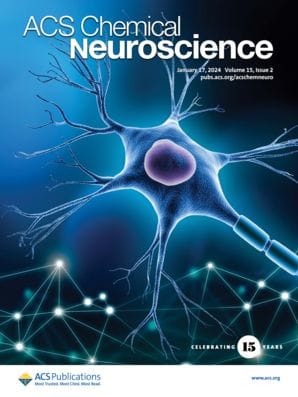Since 1983, November has been recognized in the U.S. as Alzheimer’s Awareness Month. Today the U.S. is home to more than 5 million people are living with Alzheimer’s Disease. Although significant research efforts and resources have been devoted to both treating and slowing the progression of the disease, a clinically effective drug target for Alzheimer’s […]

Since 1983, November has been recognized in the U.S. as Alzheimer’s Awareness Month. Today the U.S. is home to more than 5 million people are living with Alzheimer’s Disease. Although significant research efforts and resources have been devoted to both treating and slowing the progression of the disease, a clinically effective drug target for Alzheimer’s Disease has yet to emerge. Increasingly, tau pathology is piquing interest as a robust biomarker for Alzheimer’s Disease. The Tau Hypothesis may represent a new therapeutic avenue for Alzheimer’s Disease drug development.
The Biological & Medicinal Chemistry portfolio of journals within the ACS Publications (specifically ACS Chemical Neuroscience, Journal of Medicinal Chemistry, ACS Medicinal Chemistry Letters, ACS Combinatorial Science, and Biochemistry) published a collection of articles, reviews, and viewpoints on the neuroscience, pharmacology, and imaging of tau in the brain.
“This is the challenge of our generation. New technologies, creative strategies, and novel targets for both the tau hypothesis and others are essential,” write ACS Chemical Neuroscience Editor-in-Chief Professor Craig W. Lindsley and Associate Editor Professor Jacob M. Hooker in an editorial for the Tau Hypothesis in Alzheimer’s Disease issue.
As November comes to a close, join these journals in recognizing the importance of this research when applied to treatments for Alzheimer’s Disease.
